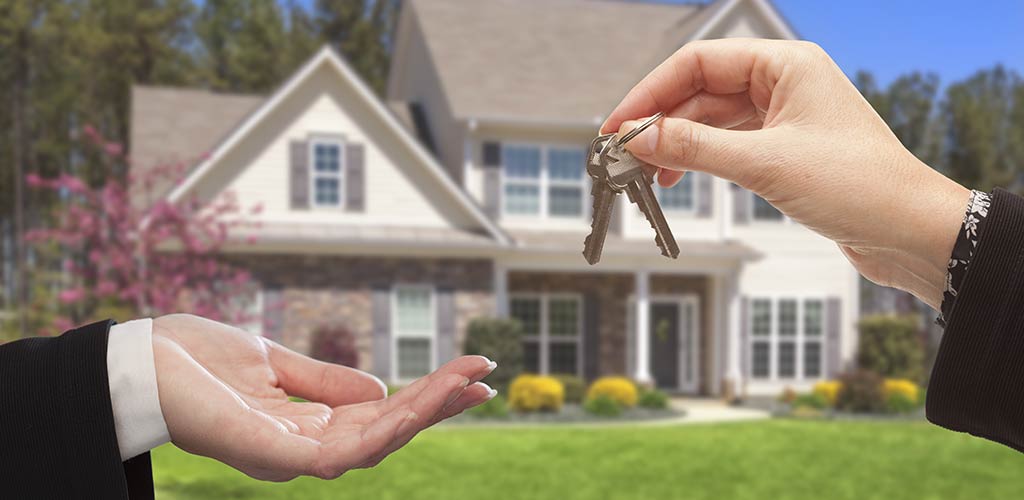For some, owning an older home replete with character and charm is the only way to go. There certainly is something special about pocket doors, original stained glass windows, archways and basket-weave tile floors…features you rarely find in newer builds. But owning an older home does have a downside, namely energy conservation – or lack thereof.
If you’ve recently purchased an older home, there are many upgrades you can make to help save money on your energy bills. Start small and work your way up to major projects, such as replacing windows or installing alternative energy sources like solar panels.

It might sound insignificant, but a great place to start when it comes to saving on your electrical bill is with your light bulbs. Use eco-friendly CFL’s or LED lights. They are slightly more expensive than the phased out incandescent bulbs, but the savings over the long run are substantial.
For busy families on the go, a great option for energy conservation is a programmable thermostat. New models are so sophisticated that they can be programmed for weekday versus weekend temperatures and even run a vacation setting where the heat or air conditioning is turned as low as possible. Set the temperature to adjust about half an hour before you get up in the morning or come home in the evening for optimal savings and comfort.
How old are the appliances in your ‘new’ old home? Upgrading the appliances to Energy Star rated models can save you up to 30 percent annually on your electric bill. Look at the labels on your refrigerator, oven, dishwasher, washer and dryer to determine if they are Energy Star rated.
Another option for optimum energy conservation in an older home is adding insulation. You can insulate your roof and walls with blown-in cellulose. You’ll be amazed at what a difference it will make to the comfort of your home.
When your budget allows, consider updating the windows, heating and air systems and replacing the roof to maximize your energy conservation.

